Story highlights
- Tense moments coming for mission managers
- Juno spacecraft has to make tricky maneuver
Pasadena, CA (CNN)While most Americans are out watching fireworks to celebrate the Fourth of July, a group of scientists will be huddled in a small, glass conference room at NASA's Jet Propulsion Lab in Pasadena, California, on Monday night to listen for a series of tones.
Those tones may not rival the national anthem, but they will tell Juno mission managers whether the spacecraft has successfully performed a "suspenseful" maneuver that will allow it to be pulled into orbit around Jupiter.
"Oh my God, we're going in!" said an admittedly nervous Scott Bolton -- the principal investigator for Juno with the Southwest Research Institute in San Antonio, Texas.
One last look! My final view of #Jupiter prior to turning off instruments to prep for orbit http://go.nasa.gov/29oSbk2
Bolton and the rest of the Juno team will hover over their computer monitors and wait as Juno hits its brakes. It will fire its main engine for 35 minutes starting at 8:18 p.m. PDT (11:18 p.m. ET). That should slow the spacecraft by about 1,212 miles per hour (542 meters per second) and allow it to be pulled into orbit around Jupiter.
It will be about 9:30 p.m. PT (12:30 a.m. ET Tuesday) before Juno sends back tones indicating whether it has successfully completed the engine firing.
If the maneuver doesn't work, the solar-powered space probe's batteries might die before it swings back around Jupiter to face the sun.
"I'm really just nervous that the whole orbit insertion rocket burn is going to work enough to get us into orbit and then allow us to turn back to the sun before we run out of battery power," Bolton said at a news conference.
"You're on battery power," he said. "The whole game is get back to the sun before you run out of battery."
He says he won't exhale until Juno's huge solar arrays are safely back in sunlight. "I'm most scared of not quite getting back on the sun."
Juno has been speeding toward Jupiter for nearly five years. It's a spinning, robotic probe as wide as a basketball court. It looks a bit like a flying windmill.
If all goes as planned, Juno will circle Jupiter 37 times over 20 months, diving down to about 2,600 miles (4,100 kilometers) above the planet's dense clouds. The seven science instruments on board will study Jupiter's auroras and help scientists better understand the planet's origins, structure, atmosphere and magnetosphere.
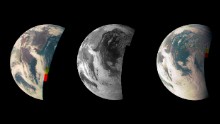
Photos: Juno, meet Jupiter
Juno made a flyby of Earth in October 2014. This trio of images was taken by the spacecraft's JunoCam.
Hide Caption
5 of 9
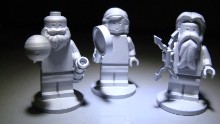
Photos: Juno, meet Jupiter
Three Lego figurines are flying aboard the Juno spacecraft. They represent the Roman god Jupiter; his wife, Juno; and Galileo Galilei -- the scientist who discovered Jupiter's four largest moons on January 7, 1610.
Hide Caption
6 of 9
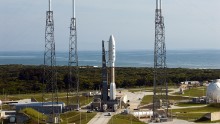
Photos: Juno, meet Jupiter
Jupiter was 445 million miles (716 million kilometers) from Earth when Juno was launched from Cape Canaveral, Florida, on August 5, 2011. But the probe traveled a total distance of 1,740 million miles (2,800 million kilometers) to reach Jupiter, making a flyby of Earth to help pick up speed.
Hide Caption
7 of 9
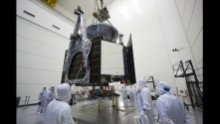
Photos: Juno, meet Jupiter
Technicians use a crane to lower Juno onto a stand where the spacecraft was loaded with fuel for its mission.
Hide Caption
8 of 9
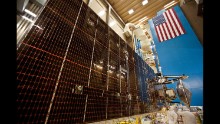
Photos: Juno, meet Jupiter
Technicians test the three massive solar arrays that power the Juno spacecraft. In this photo taken on February 2, 2011, each solar array is unfurled at a Lockheed Martin Space Systems facility in Denver.
Hide Caption
9 of 9
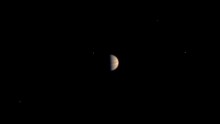
Photos: Juno, meet Jupiter
This was the final view of Jupiter taken by NASA's Juno spacecraft before the on-board instruments were powered down to prepare for orbit. The image was taken on June 29, 2016, while the spacecraft was 3.3 million miles (5.3 million kilometers) from Jupiter.
Hide Caption
1 of 9
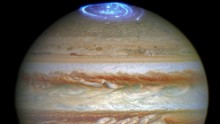
Photos: Juno, meet Jupiter
NASA's Hubble Space Telescope captured images of Jupiter's auroras on the poles of the gas giant. The observations were supported by measurements taken by Juno.
Hide Caption
2 of 9
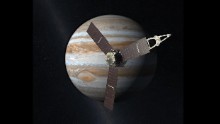
Photos: Juno, meet Jupiter
This artist rendering shows Juno orbiting Jupiter. Juno will study Jupiter from a polar orbit, coming about 3,000 miles (5,000 kilometers) from the cloud tops of the gas giant.
Hide Caption
3 of 9
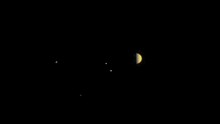
Photos: Juno, meet Jupiter
Jupiter and the gaseous planet's four largest moons -- Io, Europa, Ganymede and Callisto -- are seen in a photo taken by Juno on June 21, 2016. The spacecraft was 6.8 million miles (10.9 million kilometers) from the planet.
Hide Caption
4 of 9

Photos: Juno, meet Jupiter
Juno made a flyby of Earth in October 2014. This trio of images was taken by the spacecraft's JunoCam.
Hide Caption
5 of 9

Photos: Juno, meet Jupiter
Three Lego figurines are flying aboard the Juno spacecraft. They represent the Roman god Jupiter; his wife, Juno; and Galileo Galilei -- the scientist who discovered Jupiter's four largest moons on January 7, 1610.
Hide Caption
6 of 9

Photos: Juno, meet Jupiter
Jupiter was 445 million miles (716 million kilometers) from Earth when Juno was launched from Cape Canaveral, Florida, on August 5, 2011. But the probe traveled a total distance of 1,740 million miles (2,800 million kilometers) to reach Jupiter, making a flyby of Earth to help pick up speed.
Hide Caption
7 of 9

Photos: Juno, meet Jupiter
Technicians use a crane to lower Juno onto a stand where the spacecraft was loaded with fuel for its mission.
Hide Caption
8 of 9

Photos: Juno, meet Jupiter
Technicians test the three massive solar arrays that power the Juno spacecraft. In this photo taken on February 2, 2011, each solar array is unfurled at a Lockheed Martin Space Systems facility in Denver.
Hide Caption
9 of 9

Photos: Juno, meet Jupiter
This was the final view of Jupiter taken by NASA's Juno spacecraft before the on-board instruments were powered down to prepare for orbit. The image was taken on June 29, 2016, while the spacecraft was 3.3 million miles (5.3 million kilometers) from Jupiter.
Hide Caption
1 of 9

Photos: Juno, meet Jupiter
NASA's Hubble Space Telescope captured images of Jupiter's auroras on the poles of the gas giant. The observations were supported by measurements taken by Juno.
Hide Caption
2 of 9

Photos: Juno, meet Jupiter
This artist rendering shows Juno orbiting Jupiter. Juno will study Jupiter from a polar orbit, coming about 3,000 miles (5,000 kilometers) from the cloud tops of the gas giant.
Hide Caption
3 of 9

Photos: Juno, meet Jupiter
Jupiter and the gaseous planet's four largest moons -- Io, Europa, Ganymede and Callisto -- are seen in a photo taken by Juno on June 21, 2016. The spacecraft was 6.8 million miles (10.9 million kilometers) from the planet.
Hide Caption
4 of 9

Photos: Juno, meet Jupiter
Juno made a flyby of Earth in October 2014. This trio of images was taken by the spacecraft's JunoCam.
Hide Caption
5 of 9









"Some of the challenges are we are going into the most treacherous place in the entire solar system, radiation fields that are really intense," Juno project manager Rick Nybakken told CNN's Paul Vercammen.
The planet is the most massive in our solar system -- Jupiter is a huge ball of gas 11 times wider than Earth. Researchers think it was the first planet to form and that it holds clues to how the solar system evolved.
Spacecraft have been to Jupiter before. The Galileo probe was the first to study Jupiter from orbit. But scientists still are puzzled by the gas giant.
What's going on under Jupiter's dense clouds? Does it have a solid core? How much water is in its atmosphere? And how deep are those colorful bands and that mysterious giant red spot?
"Jupiter looks a lot like the sun," Bolton said. But it has much more than the sun, and that's really important.
"The stuff that Jupiter has more of is what we're all made out of," he said. "It's what the Earth is made out of. It's what life comes from."
Juno will help solve the mysteries of Jupiter by looking at its interior. The spacecraft will orbit the poles and try to dodge the planet's most hazardous radiation belts. To protect the spacecraft from the radiation, Juno has a shielded electronics vault.
Juno has a color camera and a three Lego crew members (yes, Legos).
The camera is called JunoCam and NASA says it will take "spectacular close-up, color images" of Jupiter. NASA is asking the public to help decide where to point the camera.
Now, about those Lego crew members. Three 1.5-inch figurines are on board Juno. One is a likeness of Galileo Galilei -- the scientist who discovered Jupiter's four largest moons. The other two represent the Roman god Jupiter and his wife Juno. They were included to inspire children to study science and math.
Juno's spacecraft body measures 11.5 feet (3.5 meters) tall and 11.5 feet in diameter. But with its three solar panels open, it spans about 66 feet (20 meters). For comparison, an NBA basketball court is 50 feet wide and 94 feet long.
Jupiter was 445 million miles (716 million kilometers) from Earth when Juno was launched from Cape Canaveral on August 5, 2011. But the probe has traveled a total distance of 1,740 million miles (2,800 million kilometers) to reach the gaseous planet, making a flyby of Earth to help pick up speed.
You can see Jupiter from Earth without any special binoculars or telescopes. It's the bright star in the evening sky from January through August. If you do have a telescope, you can see its largest moons.
The Juno mission ends on February 20, 2018, when Juno is expected to crash into Jupiter.

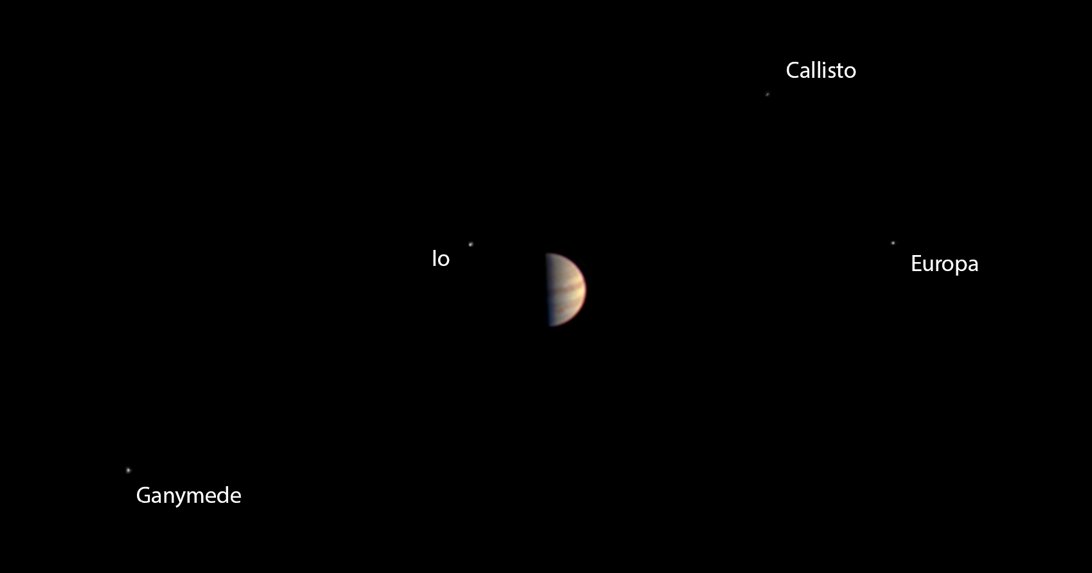

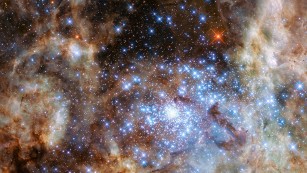








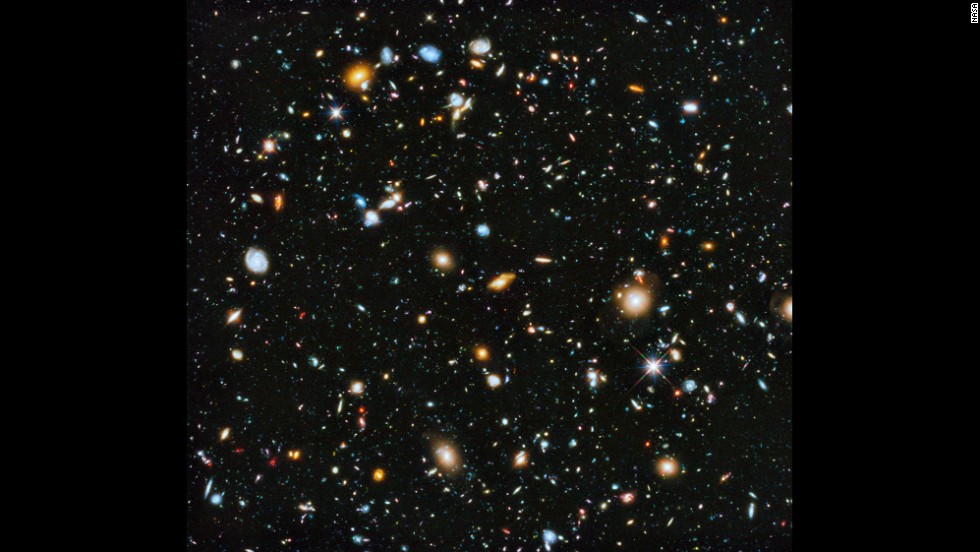


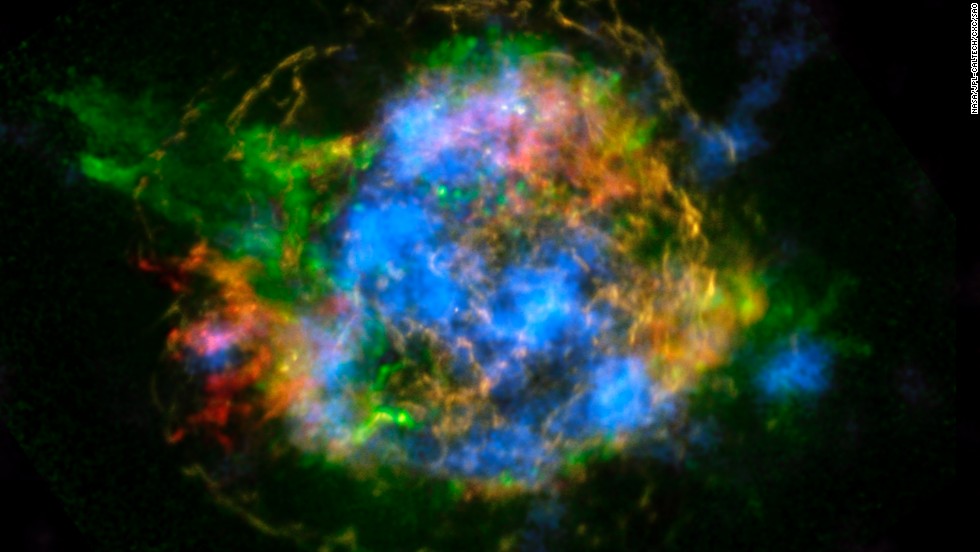

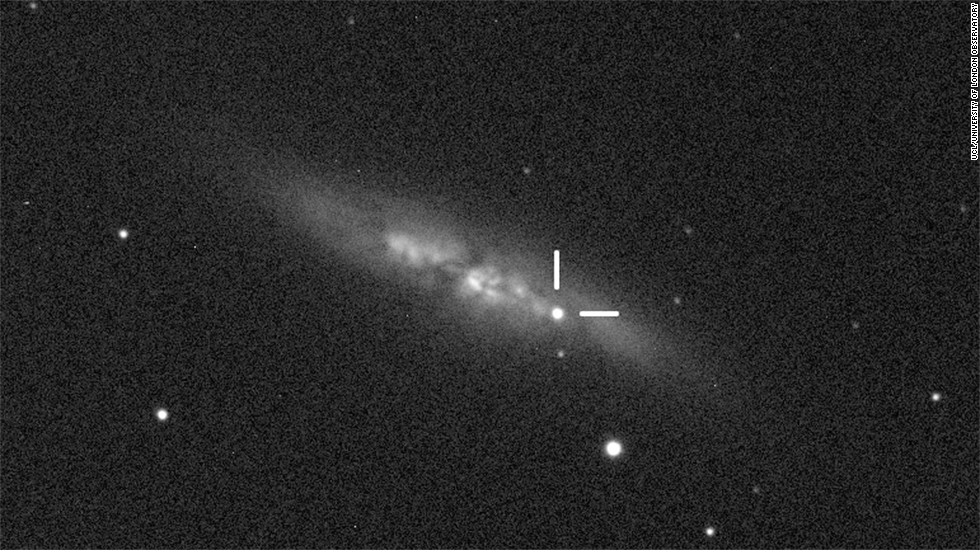

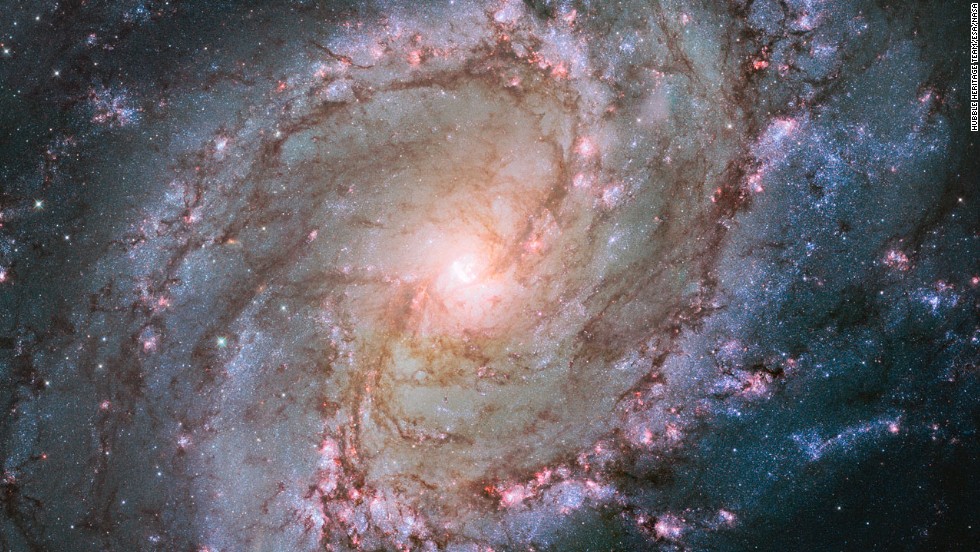

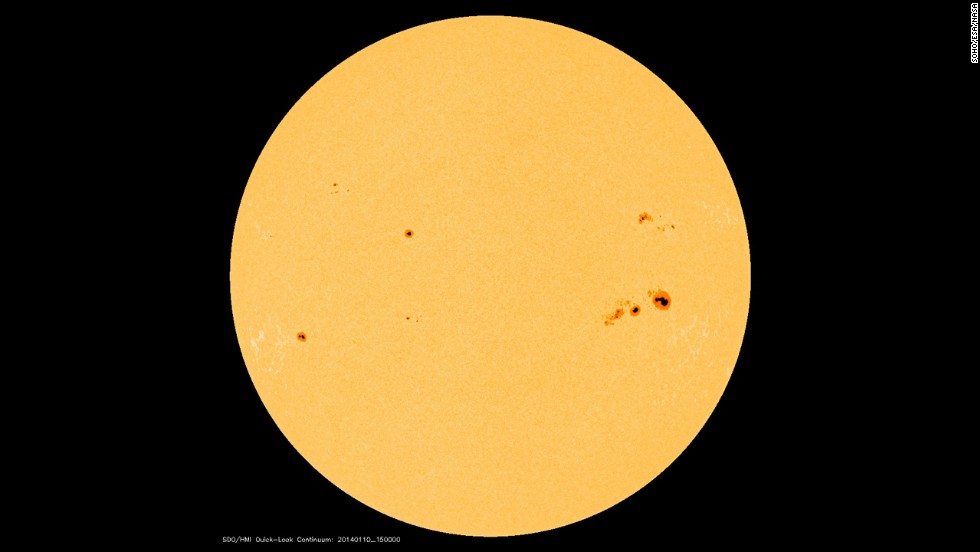





























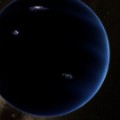
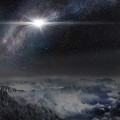
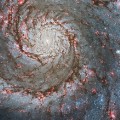
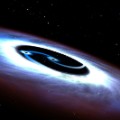
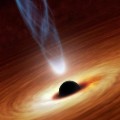
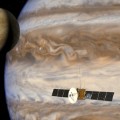
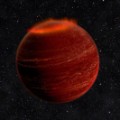
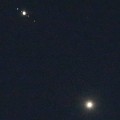
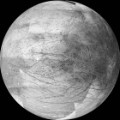
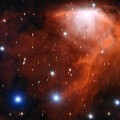
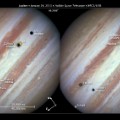
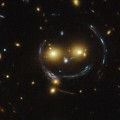
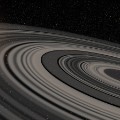
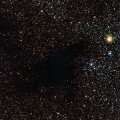
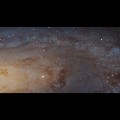
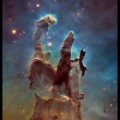
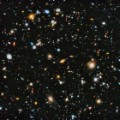






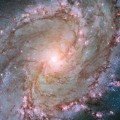



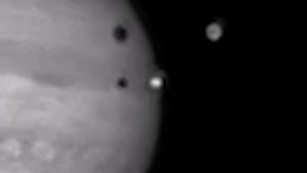
No comments:
Post a Comment